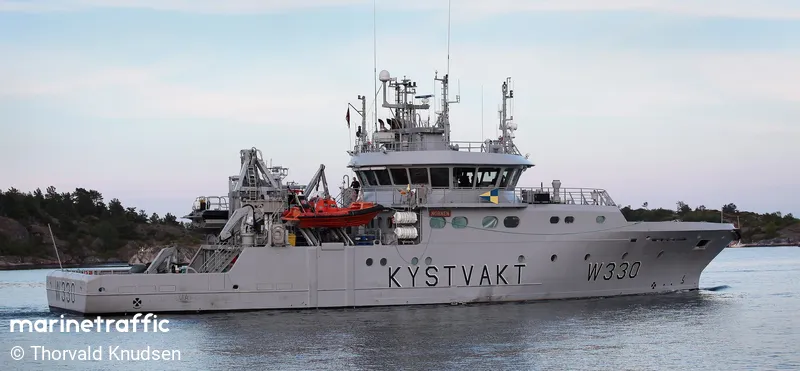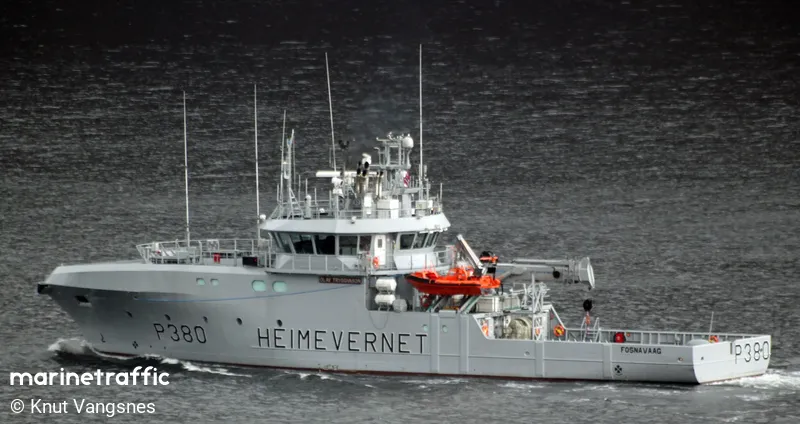I've been a follower of the debate on here around the re-building programme for the Irish Navy...the need for an EPV...the fact that CPV's are probably needed to police the inshore fisheries around the various bays and inlets etc etc.
Then the recent refugee crisis in the Mediterranean...and the decision to deploy the UK Border Agency Cutters got me looking at the Damon Stan vessels.
Operated by services as diverse as the UK Border Agency...the United States Coastguard...the Mexican Navy...are these or a version of them a potential replacement for LE Orla and LE Caira?
They seem to be reasonably priced ($5.37 million per US Ship 4.94 million Euros) ...could these be an option to allow funds to be diverted into the much required larger patrol vessel / EPV?
Are they capable of doing the job...I've attached a couple of youtube videos showing their handling in moderate seas...
The US Coastguard version is armed with a 25mm Bushmaster canon...but only has a 5 day endurance as opposed to the unarmed UK version of 12 - 14 days.
I have photos somewhere of one of the UKBA Cutters alongside Belfast docks...I'll try to find them.
I'll leave any discussion in the hands of those who know what they are talking about
Then the recent refugee crisis in the Mediterranean...and the decision to deploy the UK Border Agency Cutters got me looking at the Damon Stan vessels.
Operated by services as diverse as the UK Border Agency...the United States Coastguard...the Mexican Navy...are these or a version of them a potential replacement for LE Orla and LE Caira?
They seem to be reasonably priced ($5.37 million per US Ship 4.94 million Euros) ...could these be an option to allow funds to be diverted into the much required larger patrol vessel / EPV?
Are they capable of doing the job...I've attached a couple of youtube videos showing their handling in moderate seas...
The US Coastguard version is armed with a 25mm Bushmaster canon...but only has a 5 day endurance as opposed to the unarmed UK version of 12 - 14 days.
I have photos somewhere of one of the UKBA Cutters alongside Belfast docks...I'll try to find them.
I'll leave any discussion in the hands of those who know what they are talking about










Comment